The leaves are changing, the nights are getting longer, and that means winter is on its way. If you’ve chosen to finish your home’s basement into a separate living space – whether it’s a movie room, guest room, or home office – you’ve probably discovered the challenges of keeping the room warm. Luckily, we’ve evaluated all the different basement heating options, so you can find the best combination for your home and budget.
Whether you’re looking for an energy-efficient option or a traditional heating method to keep your basement toasty all winter long, we’ve found options. Here are 12 basement heating options to consider before winter fully kicks in.
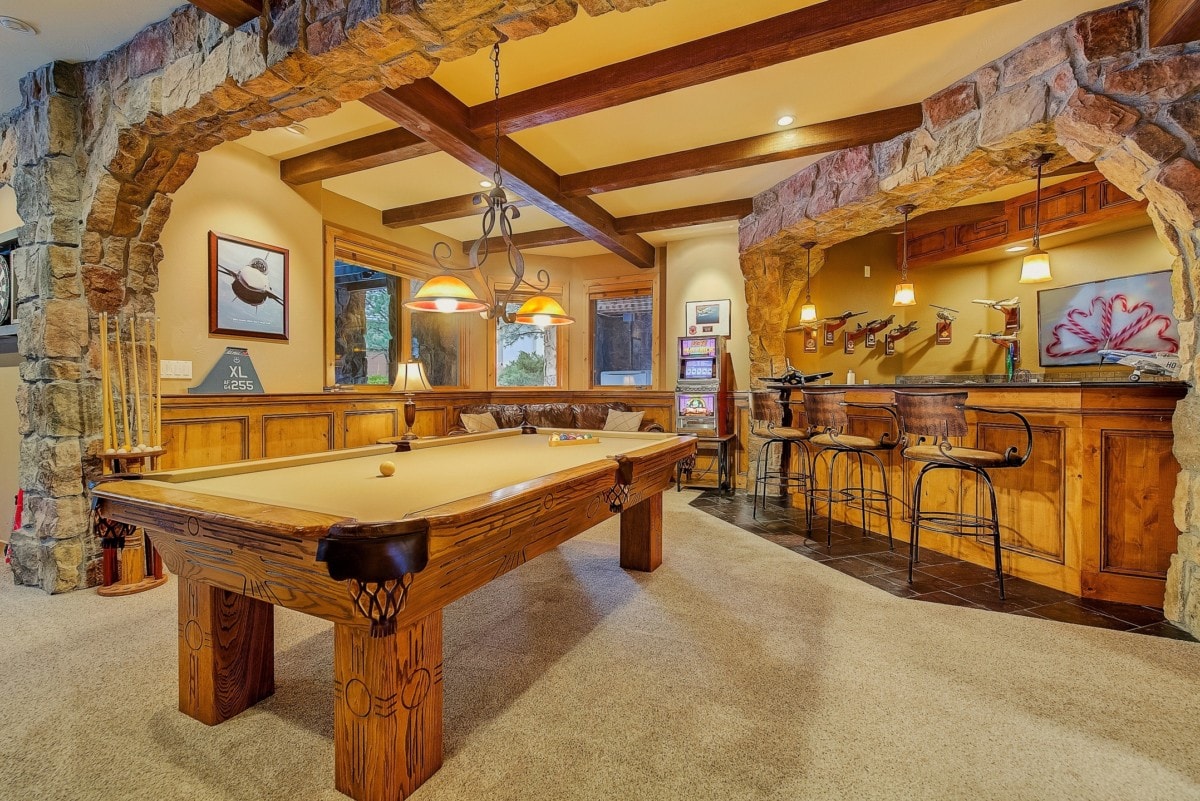
4 energy-efficient ways to retain heat in your basement
You may be able to insulate and keep your basement warmer without adding additional heat sources. Simply making the area more energy-efficient or better able to retain heat may be all that you need. As a bonus, insulating your basement will also make it more comfortable in the summer.
1) Add or replace carpet
Carpet is made up of fibers that dissipate heat slower than tile or the concrete slabs that many unfinished basements have. Carpeting your basement, or even laying down thick floor rugs, helps keep heat in the room and stops it from leaching into the slab flooring.
Before you carpet your basement, there are a couple of things to consider. First, if you have a leak or basement flooding issue, don’t carpet your floors until the leak is fixed.
Second, determine how high you want your pile height, the visible height of the rug. If you have problems with spiders or other bugs in your basement, it’s easy for them to hide and lay eggs in high-pile carpeting. In these cases, a Berber carpet or carpet tiles may work best. If you’re looking for a more environmentally friendly carpet, many eco-friendly flooring options exist.
2) Install additional insulation
If you have cinder block walls in your basement, simply laying down carpet may not be enough to keep the heat in. If you’re committing to finishing your basement to create another bedroom or living room, make sure that you insulate the walls. Spray foam is also great for insulating basement walls to keep out the cold air. Typically, insulation that’s rated with an R-value of R-10 to R-19 is the right thickness.
Framing in your cinder block walls can make the basement look nicer, as well. When you choose to do this, check with a licensed contractor to make sure that the insulation job is completed correctly. As with carpeting your basement, if you have any water leaks, you should fix those first. Otherwise, you may end up with leaks between the foundation and interior walls, which can damage the house.
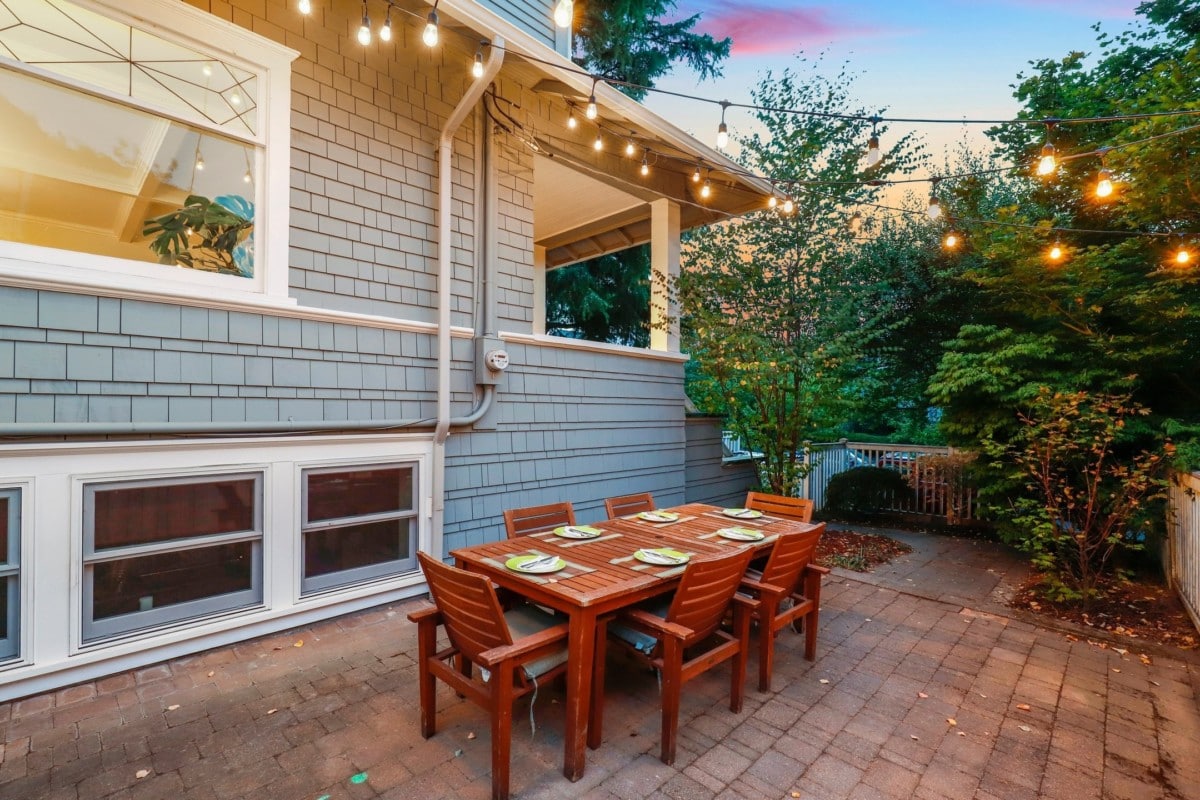
3) Replace windows and doors
If you’re framing your basement walls, take the opportunity to replace the windows and doors with double-paned, energy-efficient versions. You’ll also want to ensure that the interior walls are flush with the door and window frames to prevent drafts. If you live somewhere that’s especially cold, like Columbus, OH, or Madison, WI, adding thermal curtains to the windows and exterior basement doors will help provide additional heat retention.
4) Inspect for leaks
Water leaks aren’t the only leaks you should look for when trying to keep your basement warm. The windows and walk-out doors may have worn or cracked seals or don’t fit tightly against the frames, causing warm air to escape. Have a professional home inspector – the kind you’d hire when buying a house – check your basement thoroughly for leaks and drafts.
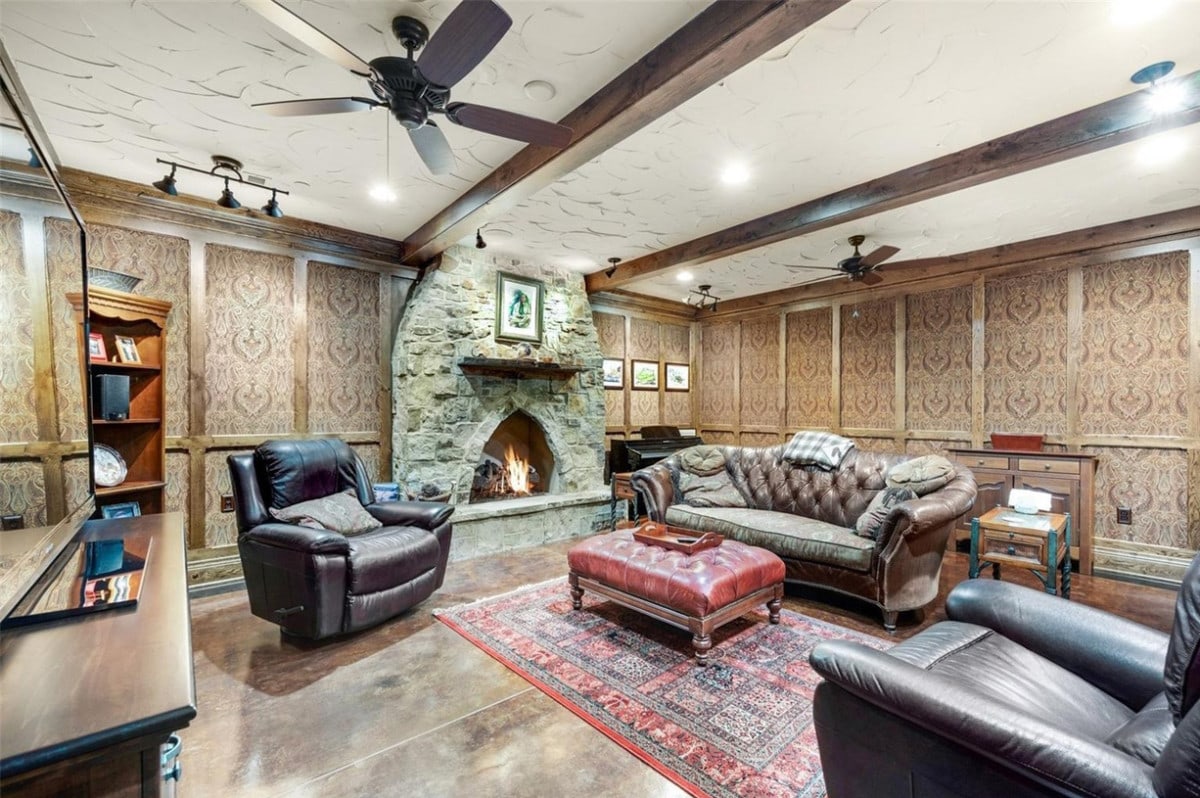
Renovating your home?
Find out what your home's worth, edit facts, and see the impact of home projects.
8 ways to add heat to your basement
Renovating your home?
If you’ve already implemented the above methods and still have a cold basement, you may need an additional heating solution. There are a few basement heating options depending on who will be using the room and your personal preference.
1) Heated flooring
If you want your feet to feel extra toasty, you can install a heated floor in your basement. There are two kinds of basement floor heating – electric radiant or hydronic radiant to provide low-level, dispersed ambient heating to the floor.
Electric radiant floor heating uses electrical wiring to heat the floor, while hydronic radiant floor heating uses circulating hot water. Both can be used under a cement floor, tiling, hardwood, or carpeting. Radiant heated flooring can give an overall warmth to the basement without drying out the air.
Radiant floor heating systems are easy upgrades when building a new home or looking for unfinished basement heating options. However, if you want to install heated flooring in an already-existing basement, you’ll probably have to have the slab flooring removed, the heated floor installed, and then a new flooring option placed over top. This project can take time and be costly, so it’s important to shop around for quotes.
2) Additional heat vents
Consider having your home’s existing ductwork adjusted to add heat vents to the room. Check with a professional HVAC contractor to make sure that your home can accommodate the extra work.
Installing ductwork and heating vents is easier in the basement since most homes have the furnace located there anyway. However, you may need to take out the ceiling or walls to accommodate additional ductwork, so factor this in when budgeting. It’s important to note that you will most likely need a residential permit to make changes to your home’s ventilation system.
3) Install wall heaters
You may also want to consider a wall heater. Wall heaters are heating units installed into your wall that heat a cold basement by bringing in the cold air and sending it back out as hot air. You can choose from either gas or electric.
Gas wall heaters burn propane or natural gas to heat your basement and can be vented through your roof or wall. Some models can be ventless, which may work better for your basement. You’ll still need to make sure you have a carbon monoxide detector, especially with gas wall heaters.
Your second option is an electric wall heater which doesn’t need a vent. This works best for spot heating, or heating part of your basement, rather than the entire basement.
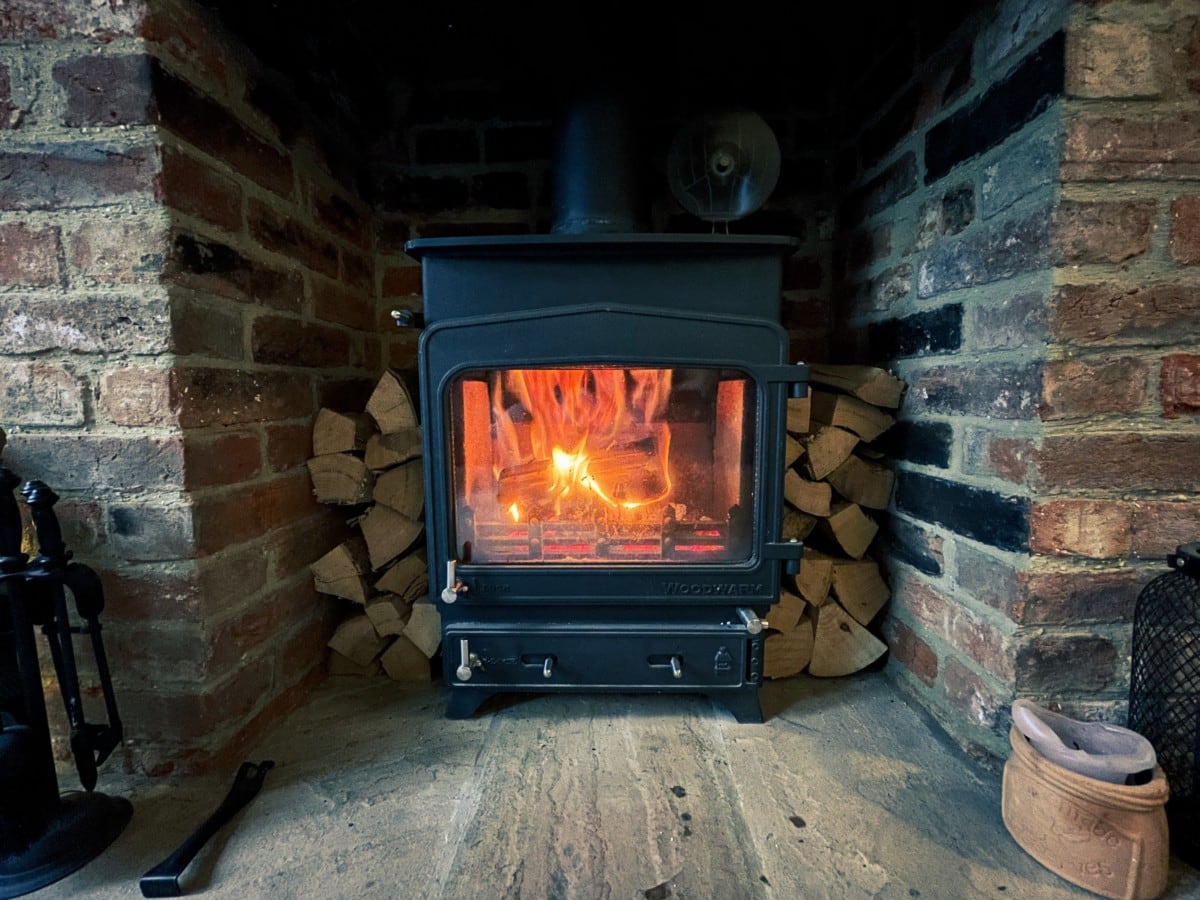
4) Use space heaters
Perhaps the simplest basement heating option is to place space heaters in the area. They can warm a small-to-medium-sized room and don’t require installation or maintenance. And most are portable, meaning you can use them in other areas of your home.
Some examples of space heaters include – electric space heaters or electric fireplaces, radiant space heaters, and ceramic space heaters. If you decide to add a space heater to your basement, be sure to purchase new ones to ensure that you have one with up-to-date safety features.
5) Install baseboard heaters
Baseboard heaters provide a simple and affordable solution for heating your home. They also work great to supplement an existing basement heating system in newer homes. With a baseboard heater, you can focus the heat on the areas where you need it. You can also control them individually with separate thermostats or turn them on or off as needed.
There are two kinds of baseboard heaters to consider: hot water or electric baseboard heaters. Hot water, or hydronic, baseboard heaters use a central heating system to heat the room, although they rely on heating the water that flows through pipes located in your home. They’re most effective with radiant heating, where the pipes are located under the flooring.
Electric baseboard heaters are probably the better heating option as they don’t require central heating. Additionally, this type of baseboard heater doesn’t require ductwork, making it an ideal solution in rooms where adding new ducts might not be an option.
6) Try a natural gas infrared heater
Another heating option to help warm a cold basement this winter is a natural gas infrared heater. Infrared heaters may be a good idea for several reasons. They are ventless and odor-free, and energy efficient. This heater doesn’t require electricity to function, so it can be a great option for those in areas susceptible to winter power outages.
Natural gas infrared heaters warm objects, like furniture, in your finished or unfinished basement, and in turn, the warm objects heat the air. Depending on the location of your home’s gas pipe, you may be able to mount it on the wall. However, it’s best to consult a professional before deciding on this heating solution.
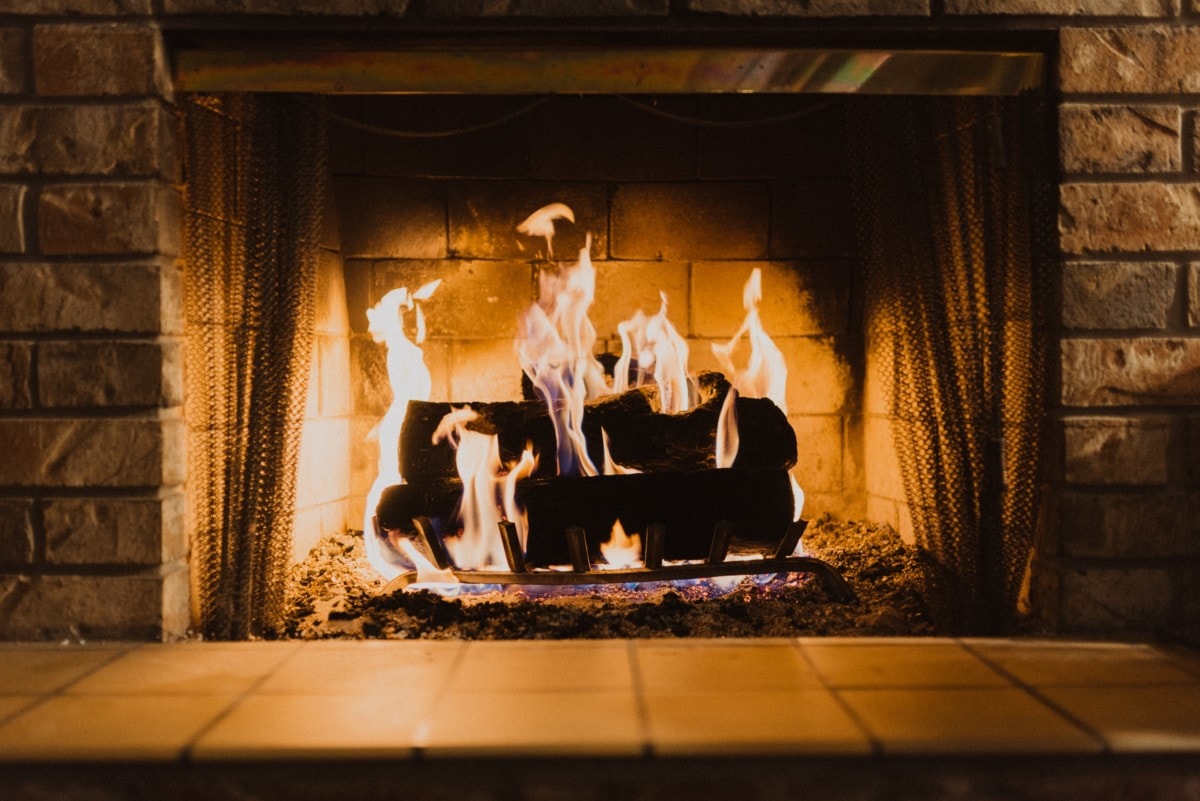
7) Use fireplaces
Basement fireplaces can be an effective and cozy addition to your space. There are a variety of options you can choose from, including traditional wood-burning, gas, and fireplace inserts.
While the atmosphere created by a wood-burning fireplace is hard to duplicate, it can be challenging to install a new one in a basement because they require a vertical flue. A gas fireplace, which burns natural gas or propane, is a good wood-burning alternative, as it’s a clean, simple to use, and effective heat source.
Gas fireplaces don’t need to vent vertically and can actually vent horizontally if specifications are met. However, avoid using a ventless or unvented gas fireplace in basements as their moisture production can exacerbate an already humid environment. You should also ensure that your basement has a carbon monoxide detector to alert you if any poisonous carbon monoxide is emitting from your gas fireplace.
You can also consider installing an electric fireplace. These fireplaces have coils that heat via electricity, meaning you won’t have to deal with locating a vent in your basement.
Additionally, if you have an existing basement fireplace and want to restore it with something more convenient and cost-effective. A fireplace insert can burn gas, wood, or pellets and is an environmentally friendly and efficient way of distributing heat throughout your basement.
8) Consider a wood pellet stove
Wood pellet stoves are another basement heating option that can help create warm air in your space. Pellet stoves work by burning compressed wood pellets or other organic materials. Compared to other heating solutions, a wood pellet stove is efficient in heating your entire basement, relatively affordable, and comes in a variety of styles and sizes.
Looking to save money on your mortgage?
Final thoughts on your basement heating options
Staying warm in the winter can be simple. With just a few upgrades, you can continue to enjoy your basement during the colder months, regardless of how low the temperatures get. And when you’re installing your heating components, make sure to consult with a licensed contractor or HVAC professional to ensure that you’re following safety protocols and meeting your local building codes.


























 United States
United States Canada
Canada